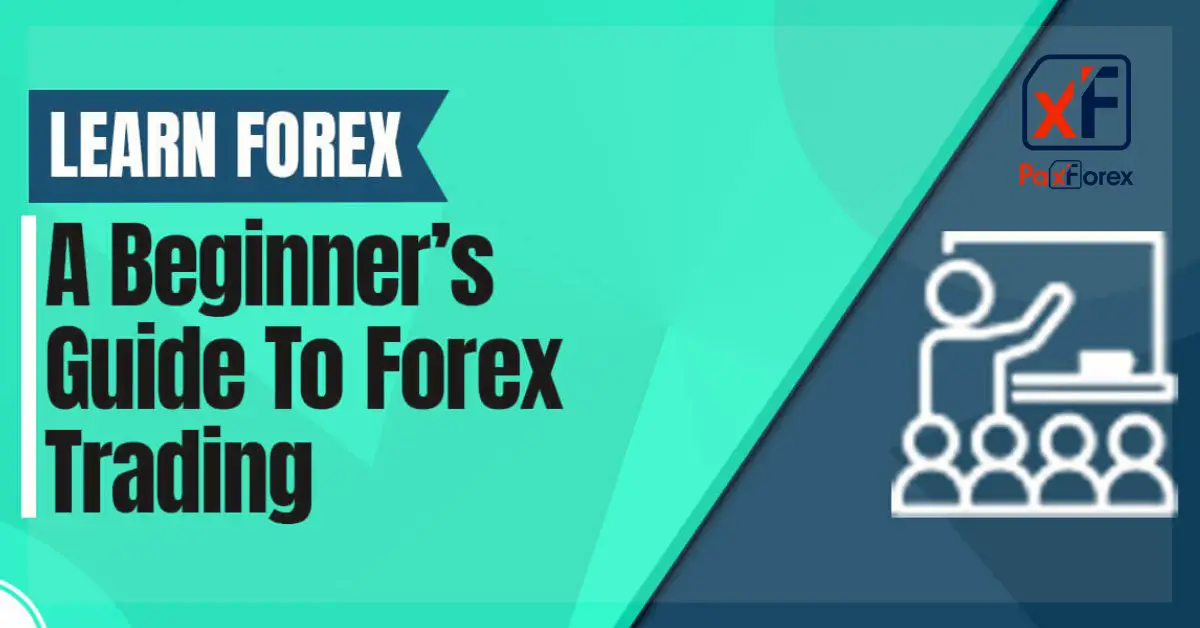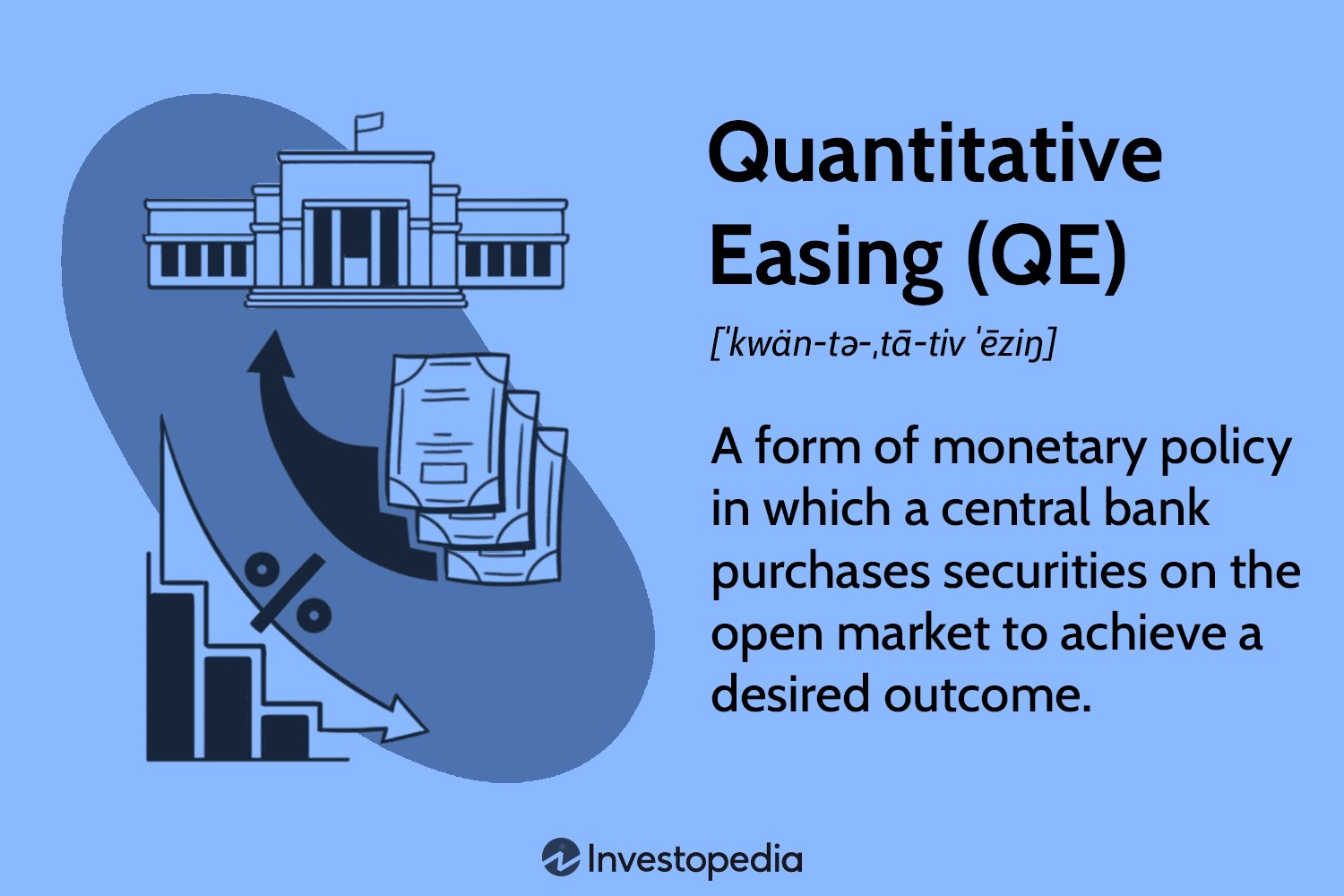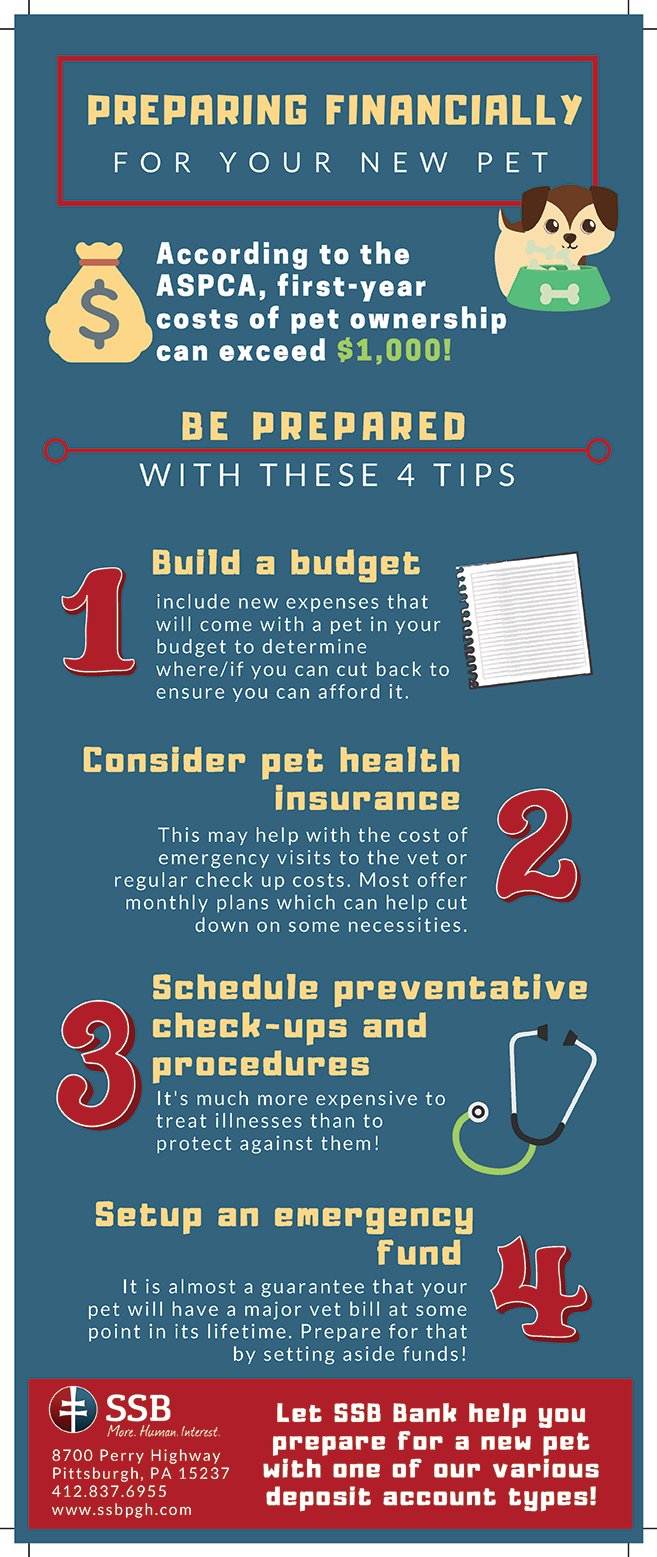If you’re a beginner looking to dive into the exciting world of foreign exchange trading, you’ve come to the right place. In this beginner’s guide to foreign exchange trading, we’ll walk you through the fundamentals and equip you with the knowledge you need to start your trading journey confidently. From understanding basic terminologies to learning essential strategies, we’ve got you covered. So, if you’ve been curious about foreign exchange trading and want to know how to get started, this guide is your perfect companion. Let’s dive in!
Beginner’s Guide to Foreign Exchange Trading
Foreign exchange trading, also known as forex trading, is the process of buying and selling currencies with the aim of making profits. It is a decentralized market where participants trade currencies from around the world. For beginners who are interested in exploring the world of forex trading, this guide will provide a comprehensive overview of the key concepts and strategies to get started. Whether you are a novice or have some experience in trading, this guide will equip you with the necessary knowledge to navigate the forex market effectively.
Understanding the Forex Market
The forex market operates 24 hours a day, five days a week, and is the largest financial market in the world, with trillions of dollars traded daily. Unlike other financial markets, such as the stock market, the forex market does not have a centralized exchange. Instead, it consists of a network of financial institutions, including banks, brokers, and other participants, who trade currencies electronically.
When it comes to trading forex, it is crucial to understand the basic terminologies and concepts associated with the market:
- Currency pairs: In forex trading, currencies are always traded in pairs. The base currency represents the first currency in the pair, while the quote currency represents the second currency. For example, in the EUR/USD pair, the euro is the base currency, and the US dollar is the quote currency.
- Pip: A pip is the smallest unit of measurement used to indicate changes in currency prices. It stands for “percentage in point” and is typically the fourth decimal place in currency pairs. For example, if the EUR/USD pair moves from 1.2500 to 1.2501, it is a one-pip change.
- Lots: Forex trades are typically conducted in specific sizes called lots. A standard lot represents 100,000 units of the base currency, while a mini lot represents 10,000 units and a micro lot represents 1,000 units. Trading smaller lot sizes is often recommended for beginners to manage risk.
Choosing a Reliable Forex Broker
To start trading forex, you will need to choose a reputable forex broker. A forex broker is a company that provides access to the forex market and executes trades on behalf of traders. Here are some factors to consider when selecting a forex broker:
- Regulation: Ensure that the broker is regulated by a recognized financial authority. Regulation helps protect traders’ funds and ensures fair trading practices.
- Trading platform: The trading platform is the software provided by the broker for executing trades. Look for a user-friendly platform that offers essential features, such as real-time charts, technical analysis tools, and order execution options.
- Account types: Brokers often offer different types of trading accounts to cater to various trading needs. Consider the minimum deposit requirements, leverage options, and spread types offered by different account types.
- Customer support: A reliable broker should provide excellent customer support to assist traders with any inquiries or issues that may arise during their trading journey.
Developing a Trading Strategy
Before entering the forex market, it is essential to develop a trading strategy that suits your trading style and risk tolerance. A trading strategy outlines when to enter trades, the position size, and when to exit trades. Here are some popular trading strategies:
- Trend Trading: This strategy involves identifying the direction of the market trend and trading in that direction. Traders using this strategy aim to ride the trend until it reverses.
- Range Trading: Range traders identify areas of support and resistance in the market and trade within the established range. They aim to buy near support levels and sell near resistance levels.
- Breakout Trading: Breakout traders look for significant price movements beyond support or resistance levels. They enter trades when the price breaks out of a range and aims to profit from the subsequent momentum.
- Scalping: Scalpers aim to make quick profits from small price movements. They enter and exit trades within a short time frame, often capturing just a few pips of profit.
Risk Management in Forex Trading
Managing risk is an integral part of forex trading. It involves employing strategies and techniques to protect your trading capital from excessive losses. Here are some essential risk management practices:
- Position sizing: Determine the appropriate position size for each trade based on your account size and risk tolerance. Avoid risking more than a small percentage of your account on any single trade.
- Stop-loss orders: A stop-loss order is a predetermined level at which you exit a trade to limit losses. Place a stop-loss order when entering a trade to protect against significant adverse price movements.
- Take-profit orders: A take-profit order is an order that automatically closes a trade when it reaches a specified profit level. It allows you to lock in profits and avoid holding a trade for too long.
- Use of leverage: Leverage is a double-edged sword that amplifies both profits and losses. Use leverage cautiously and ensure you understand its implications before using it in your trades.
Practicing with Demo Accounts
Once you have selected a broker and developed a trading strategy, it is highly recommended to practice trading using a demo account. A demo account allows you to trade with virtual money in real market conditions. It provides an excellent opportunity to familiarize yourself with the trading platform, test your strategies, and gain confidence before risking real money.
While trading with a demo account, treat it as if it were a real account. Follow your trading plan, analyze the market, and evaluate your performance. Keep in mind that trading conditions, such as spreads and execution speeds, may differ in real accounts compared to demo accounts. Therefore, it is crucial to transition to a live account with caution and start with smaller positions.
Continuous Learning and Improvement
Forex trading is a dynamic field that requires continuous learning and improvement. Stay updated with market news, economic indicators, and other factors that influence currency prices. Here are some sources to enhance your forex knowledge:
- Online resources: Numerous websites, blogs, and forums provide valuable educational content, market analysis, and trading ideas.
- Books: There are plenty of books available on forex trading that cover various aspects of the market, trading strategies, and psychology.
- Webinars and courses: Attend webinars and online courses offered by experienced traders or reputable institutions. These educational resources often provide in-depth knowledge and insights into trading techniques.
- Trading communities: Join trading communities and engage with fellow traders. Sharing ideas and experiences can help accelerate your learning process.
Maintaining Discipline and Emotional Control
Maintaining discipline and emotional control is crucial for successful forex trading. Here are some tips to help you stay disciplined and manage your emotions:
- Stick to your trading plan: Follow your trading strategy and avoid impulsive trades based on emotions or market noise.
- Keep a trading journal: Maintain a record of your trades to evaluate your performance and identify areas for improvement.
- Control your risk: Avoid overtrading and risking more than you can afford to lose. Stick to your risk management rules.
- Manage your emotions: Keep your emotions in check, as fear and greed can lead to irrational trading decisions. Take breaks when needed and avoid trading during periods of high stress.
Forex trading can be both exciting and challenging for beginners. With the right knowledge, practice, and mindset, you can navigate the forex market successfully. Remember that trading forex involves risks, and it is essential to approach it with caution and proper risk management. Continuously educate yourself, adapt to market conditions, and strive for consistent improvement as you embark on your forex trading journey.
Forex Trading For Beginners (In Under 27 Minutes…)
Frequently Asked Questions
Frequently Asked Questions (FAQs)
What is foreign exchange trading?
Foreign exchange trading, also known as forex or FX trading, is the process of buying and selling different currencies in the foreign exchange market. Traders aim to profit from the fluctuations in exchange rates between currencies.
How does foreign exchange trading work?
Foreign exchange trading involves the simultaneous buying of one currency and selling of another. Currency pairs are traded in the forex market, and traders speculate on the direction in which the exchange rate will move. Profits are made by buying a currency at a lower price and selling it at a higher price, or vice versa.
What are the benefits of foreign exchange trading?
– Liquidity: The forex market is the largest and most liquid financial market globally, providing ample opportunities for traders to enter and exit positions.
– Accessibility: Forex trading is accessible to individuals and businesses worldwide, allowing for participation 24 hours a day, five days a week.
– Potential for profit: As exchange rates fluctuate, traders can profit from these movements by buying low and selling high.
What are the risks involved in foreign exchange trading?
– Volatility: The forex market can be highly volatile, and exchange rates can change rapidly, which may result in substantial gains or losses.
– Leverage: Forex trading often involves the use of leverage, which amplifies both profits and losses. Traders should be aware of the risks associated with leverage and use it responsibly.
How can beginners get started with foreign exchange trading?
To get started with foreign exchange trading, beginners can follow these steps:
1. Educate yourself about the basics of forex trading.
2. Choose a reputable forex broker.
3. Open a trading account and deposit funds.
4. Develop a trading strategy and risk management plan.
5. Practice trading with a demo account before risking real money.
6. Start trading with small positions and gradually increase as you gain experience.
What is a pip in forex trading?
A pip, short for “percentage in point,” is the smallest unit of measurement in forex trading. It represents the fourth decimal place in most currency pairs, except for pairs involving the Japanese yen, where it represents the second decimal place. Pips are used to measure changes in exchange rates and determine profits or losses.
What are the major currency pairs in forex trading?
The major currency pairs in forex trading include:
– EUR/USD (Euro/US Dollar)
– GBP/USD (British Pound/US Dollar)
– USD/JPY (US Dollar/Japanese Yen)
– USD/CHF (US Dollar/Swiss Franc)
– AUD/USD (Australian Dollar/US Dollar)
– USD/CAD (US Dollar/Canadian Dollar)
What is a stop-loss order in forex trading?
A stop-loss order is an order placed by a trader to automatically close a position when the price reaches a specified level. It is used to limit potential losses by exiting a trade if the market moves against the trader’s position. Stop-loss orders are essential risk management tools in forex trading.
Can foreign exchange trading guarantee profits?
No, foreign exchange trading does not guarantee profits. The forex market is inherently risky, and prices can change unpredictably. Traders should be aware of the risks involved and use appropriate risk management strategies to protect their capital. Success in forex trading requires knowledge, skills, experience, and the ability to adapt to market conditions.
Final Thoughts
Foreign exchange trading can be intimidating for beginners, but with the right knowledge, it can also be a lucrative venture. In this beginner’s guide to foreign exchange trading, we have covered the basics, from understanding currency pairs to analyzing market trends. By grasping concepts like leverage and risk management, beginners can make informed decisions and minimize potential losses. Regular practice and keeping up with market news are essential for success in this dynamic field. So, if you’re a beginner looking to dive into foreign exchange trading, this guide has equipped you with the necessary foundation.



